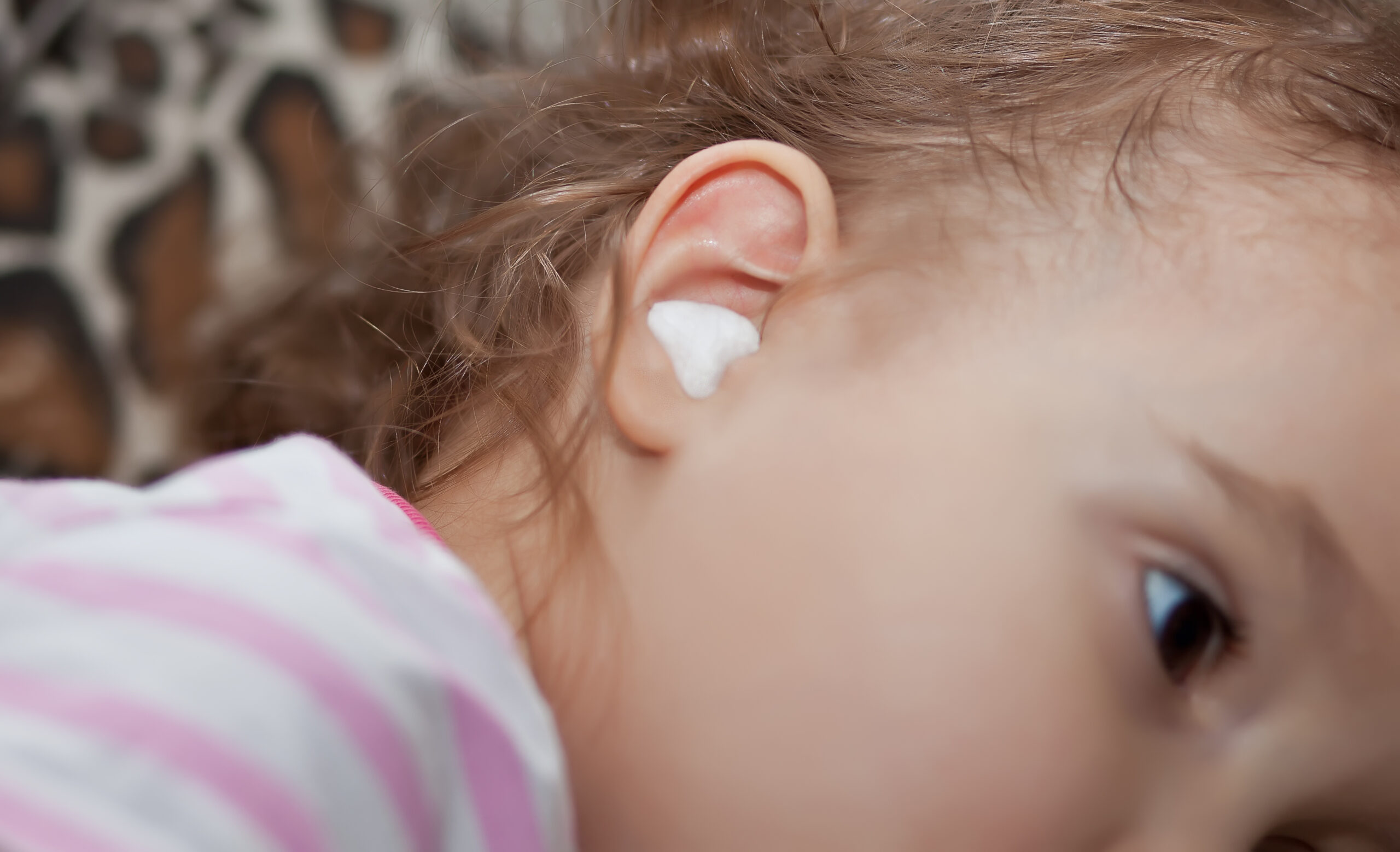The various causes of ear pain are numerous. Middle ear infection (otitis media) associated with infection of the fluid in the middle ear (viral or bacterial) and infection of the ear canal (otitis externa), mostly associated with “swimmer’s ear,” are some of the most common infections.
The most crucial step you can take in managing pain related to otitis media is by getting a proper diagnosis from your provider, and then, if necessary, using prescribed treatment. In the meantime, over-the-counter ibuprofen is usually effective. It also helps to prop your child into a more upright position to sleep at night, as this decreases pressure in the ears and, subsequently, pain.
Another treatment option for pain control is analgesic ear drops. These ear drops contain a local anesthetic, similar to lidocaine, which can be inserted directly into the ear. There are over the counter drops as well as prescription drops. Garlic oil drops are very effective.
You as the parent can help reduce your child’s risk for ear infections. For babies and infants, breastfeeding for at least six months, avoiding “bottle propping,” and eliminating exposure to passive tobacco smoke will help reduce your child’s risk of acquiring an ear infection. Wash hands frequently with soap and water to prevent the spread of germs and try to limit your child’s exposure to sick playmates. Additionally, never put your child to bed with a bottle.


